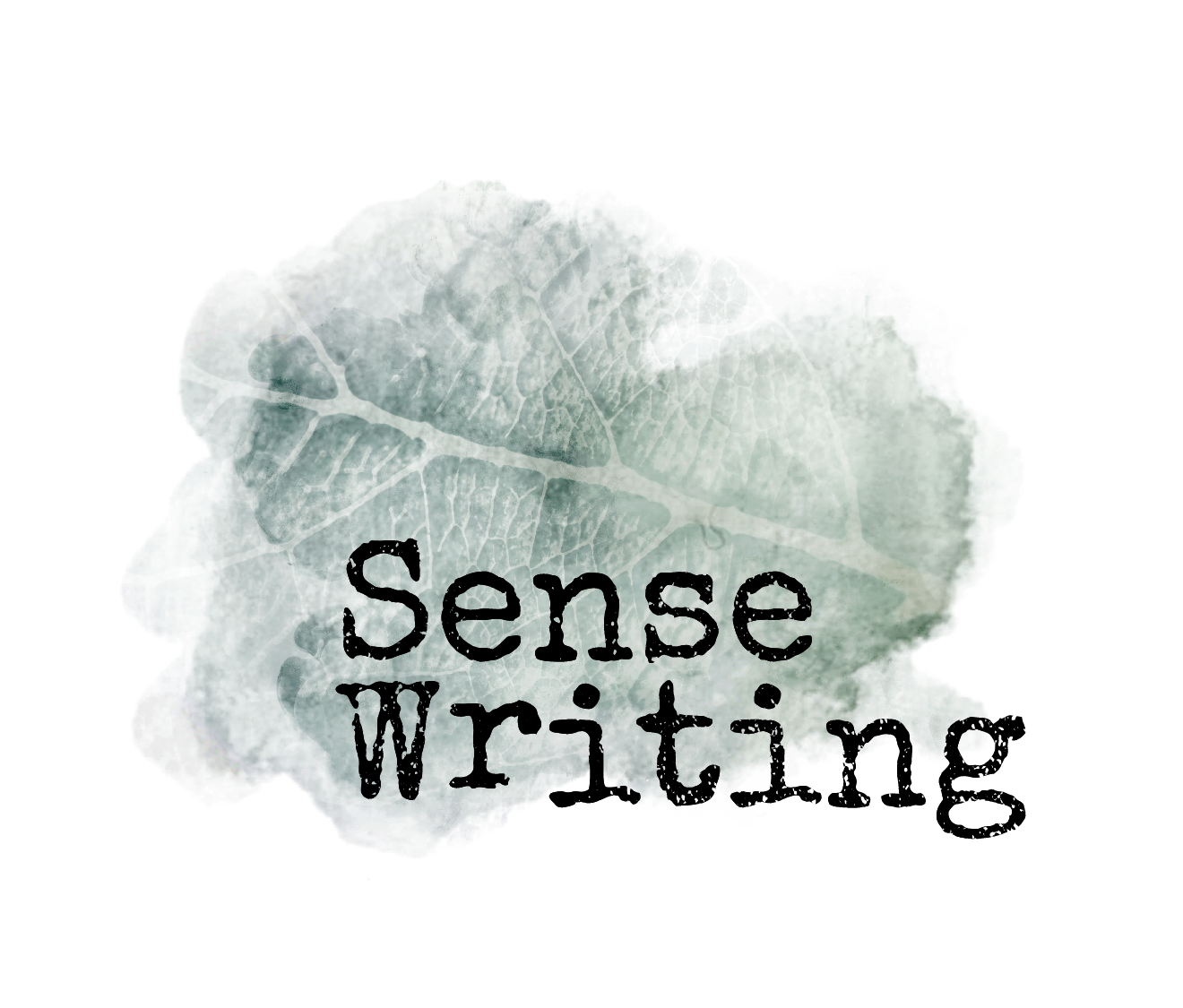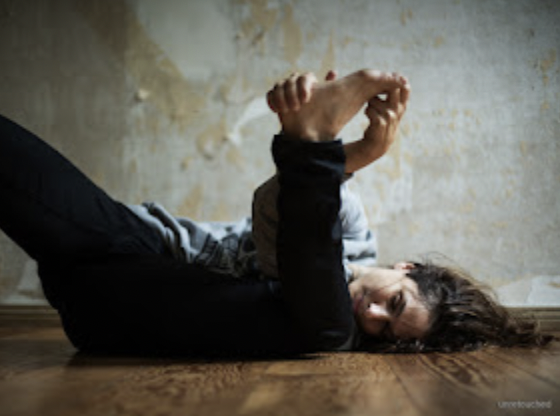Sense Writing was developed by former Creative Writing faculty at New York University/Tisch School of the Arts, Madelyn Kent, to bring pleasure and sustainability to your creative process.
Madelyn Kent has taught playwriting, screenwriting, and theater at New York University’s Tisch School of the Arts and for the last fifteen years, she has also implemented her techniques in her theater work with the Obie award-winning Soho Rep, where her play Peninsula was a Time Out New York's Critic's Pick. As a playwright and director, her work has also been presented at the New York Public Theater New York Theater Workshop, PS 122, and The Flea.
For the last several years, she has been developing physical approaches to creativity and this has led her to expand her teaching to the general public and to the development of Sense Writing. Together with a range of techniques gathered from around the world to enhance her work as a theater artist and teacher, Madelyn now offers classes and coaching to anyone looking to discover new creative potentials. Sense Writing has been taught at leading conservatories, retreat centers, and universities, in the United States and abroad, including at NYU/Tisch, New York’s The Open Center and Kripalu Yoga retreat.
From Madelyn Kent, Founder and Teacher
I created Sense Writing because I've experienced the power and efficacy of pleasure and sustainability in my creative life and teaching and I wanted to share this.
In 2008, after teaching playwriting, screenwriting, and theater for over a decade in New York, I left my hometown to train as practitioner in the Feldenkrais Method. Developed by Moshe Feldenkrais, a physicist and pioneer in neuroplasticty, this approach to somatic education involves learning how to work with the nervous system through movement in order to optimize its own intrinsic capabilities.
I immediately sensed links-- sometimes quite direct-- between what was happening in the Feldenkrais training and what I had been investigating in the rehearsal room and classroom for years, as well as my on-going interests in process philosophy, systems theory, linguistics, and embodied anthropology. When I returned to New York to teach writing in 2012, these connections began to surface spontaneously in class, and what is now Sense Writing's flow of writing and physical sequences emerged.
Today there are over one hundred Sense Writing sequences that teach people to work gently with their nervous systems to reduce anxiety and unlock their voices. Sense Writing's "organic creativity" actively challenges the status quo of creating through struggle and ambition (and the underlying ethos of our "no pain, no gain" cultural mantra), allowing people to uncover the efficacy of pleasure.
My background in dance has always influenced my work as a playwright and director. As a young writer, I wanted to know how actors felt my words, and this curiosity led to a twenty-year investigation into the connection between the body and creativity. After focusing on Medical Anthropology, and The History and Philosophy of Science at McGill University (Honors B.A. 1993), I completed a Masters in Fine Arts (Dramatic Writing) from NYU’s Tisch School of the Arts (1999), later returning to teach playwriting and screenwriting in the program. In addition to a multi-year training in Feldenkrais with Ruthy Bar and Ruty Alon, I studied for over a decade with dancer Maureen Fleming and was certified in The Fleming Technique™ (2012).
I am grateful to my theater collaborators, students, and the many enriching teachers I‘ve had over the years as I studied the Fleming Technique™, Japanese Butoh, and Feldenkrais© Somatic Education. I am especially thankful to the world-renowned plant morphologist and philosopher Rolf Sattler, who first introduced me to process philosophy as an undergraduate. He gave me my first tools to investigate natural phenomena in a non-reductionist way and continues to be a friend.
In the last several years, my work has focused on creating theater with “non-artists,” including Japanese housewives relocated to New York and Darfurian and Sudanese refugees. These long-term collaborations, where people’s expectations of their own creative capacities continually expand, have been a major influence on my work as an artist-- and teacher.




